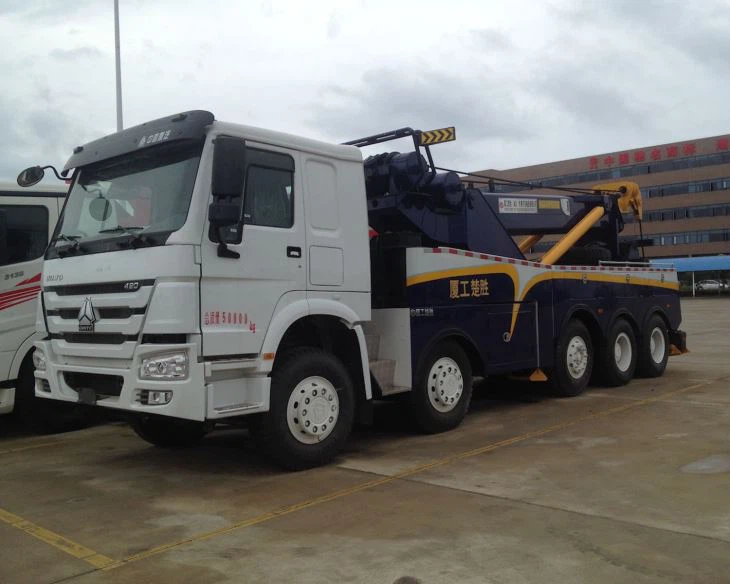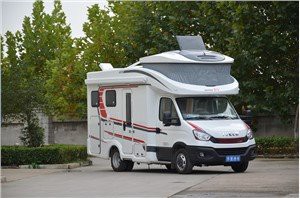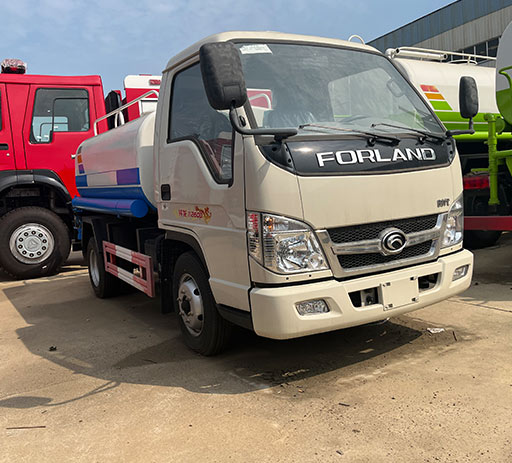Everything You Need to Know About Fire Utility Trucks

Fire utility trucks play a crucial role in firefighting and emergency response. These specialized vehicles are equipped with various tools and resources to help firefighters effectively combat fires and carry out rescue operations. In this article, we delve into what fire utility trucks are, their features, types, and the best practices for maintaining them. We will also provide practical examples and address frequently asked questions to give you a comprehensive understanding of fire utility trucks.
What is a Fire Utility Truck?
A fire utility truck is a vehicle designed to support firefighters in their operations. Unlike traditional fire engines, which are mostly equipped for direct firefighting, utility trucks are versatile and can carry a variety of equipment necessary for various emergency situations. They often serve as mobile command centers for fire crews and can also be used for rescue missions, hazardous material response, and logistical support.
Key Features of Fire Utility Trucks
1. Versatile Equipment Storage
Fire utility trucks often have customizable compartments designed to store firefighting tools, medical equipment, and rescue gear. This feature allows firefighters to have everything they need within reach during an emergency.
2. Water and Fire Suppression Systems
Many fire utility trucks are equipped with onboard water tanks, pumps, and hoses. Some might also feature portable pumps that can draw water from nearby sources like ponds or lakes. These systems enable rapid response to emerging fires.
3. Emergency Lighting and Sirens
Emergency lights and sirens are critically important to fire utility trucks, allowing firefighters to navigate traffic quickly and efficiently. High-intensity LED lights and loud sirens ensure visibility and help clear the road during emergencies.

4. Communication Systems
Effective communication is vital in emergency situations. Fire utility trucks are typically equipped with radio systems to maintain contact with other responders, emergency services, and command centers.
5. Multi-purpose Tools
These trucks carry a range of tools, such as chainsaws, hydraulic rescue tools, medical kits, and more. The variety of equipment allows firefighters to tackle various situations, whether it’s cutting through debris or providing medical care.
Types of Fire Utility Trucks
1. Brush Trucks
Brush trucks are specially designed for fighting wildfires in rural areas. They are typically smaller and more maneuverable and can access remote locations where traditional fire engines cannot.
2. Rescue Trucks
Rescue trucks focus on medical emergencies and rescue operations. They carry medical supplies, backboards, and tools for extrication and other lifesaving measures.
3. Command Trucks
Command trucks serve as mobile command posts. They are equipped with advanced communication and incident management systems to coordinate large-scale emergency responses effectively.
4. Support Vehicles
Support vehicles provide logistical aid to larger firefighting efforts, transporting personnel, additional equipment, and supplies to the scene of an emergency.
Choosing the Right Fire Utility Truck
1. Assess Your Needs
Determine the specific needs of your fire department based on the types of incidents you commonly respond to. Consider factors like the terrain, typical fire size, and whether medical assistance is often needed.
2. Explore Customization Options
Many fire utility trucks are customizable. Opt for a model that allows modifications based on your department’s unique requirements, such as additional storage for gear or specialized equipment.
3. Budget Considerations
Fire utility trucks represent a significant investment. Consider both the initial cost and the long-term maintenance when budgeting. Look at financing options, grants, or fundraising strategies to secure the necessary funds.
Maintenance Tips for Fire Utility Trucks
1. Regular Inspections
Schedule regular inspections to ensure all systems are functioning correctly. Check brakes, lights, and communication equipment to confirm they meet safety standards.
2. Equipment Upkeep
Regularly maintain all firefighting equipment, ensuring hoses are free of damage and that pumps are ready to use. Replace any faulty or outdated equipment promptly.
3. Clean and Restock Supplies
After each use, ensure that the truck is cleaned and that all supplies are restocked. This practice prepares the vehicle for immediate deployment at any time.
4. Train Personnel
Ensure all personnel are trained to operate and maintain the fire utility truck efficiently. Regular training sessions on equipment and vehicle operation can save lives during emergencies.
Case Studies: Fire Utility Truck Success Stories
1. Wildfire Response Team
A dedicated brush truck successfully fought a wildfire in a remote area, leveraging its compact size to navigate difficult terrain. Equipped with a water pump, the brush truck quickly controlled the fire before it spread to homes.
2. Urban Search and Rescue Operation
During an urban disaster, a rescue truck was instrumental in rapidly transporting medical supplies and responders to critical areas, ultimately saving several lives. Its efficient setup allowed teams to work quickly under pressure.
Future Trends in Fire Utility Trucks
1. Electric and Hybrid Models
As the world moves toward sustainable solutions, electric and hybrid fire utility trucks are starting to emerge. These vehicles offer reduced emissions and lower operating costs, making them appealing for future fire services.
2. Advanced Technology Integration
Technological advancements are also influencing fire utility trucks. Drones for aerial surveillance are becoming standard, providing a unique vantage point to assess situations from the sky.
3. Increased Focus on Safety Equipment
With incidents like wildfires becoming more frequent, trucks are being fitted with even more robust safety equipment to protect firefighters. This includes better communication tools, advanced thermal imaging cameras, and improved personal protective equipment (PPE).
FAQs About Fire Utility Trucks
1. What is the primary function of a fire utility truck?
The primary function of a fire utility truck is to support firefighting operations by providing a mobile platform equipped with various tools, equipment, and supplies for emergency response.
2. How do I choose the right fire utility truck for my department?
Evaluate the specific needs of your fire department, consider custom options, and assess your budget. Identify the types of incidents you commonly encounter to guide your choice.

3. What maintenance practices are essential for fire utility trucks?
Key maintenance practices include conducting regular inspections, ensuring equipment upkeep, cleaning and restocking supplies, and providing training for personnel on operation and maintenance.
4. Are there any new technologies being integrated into fire utility trucks?

Yes, advancements like electric and hybrid models, drone surveillance systems, and enhanced safety equipment are being integrated into modern fire utility trucks to improve efficiency and safety.
5. Can fire utility trucks be used for non-fire emergencies?
Absolutely. Fire utility trucks are versatile and can be used for medical emergencies, technical rescues, hazardous material responses, and other emergency situations.
6. What types of equipment are typically found in a fire utility truck?
Common equipment includes fire hoses, water tanks, medical supplies, rescue tools, communication devices, and various types of gear for specific emergencies.
